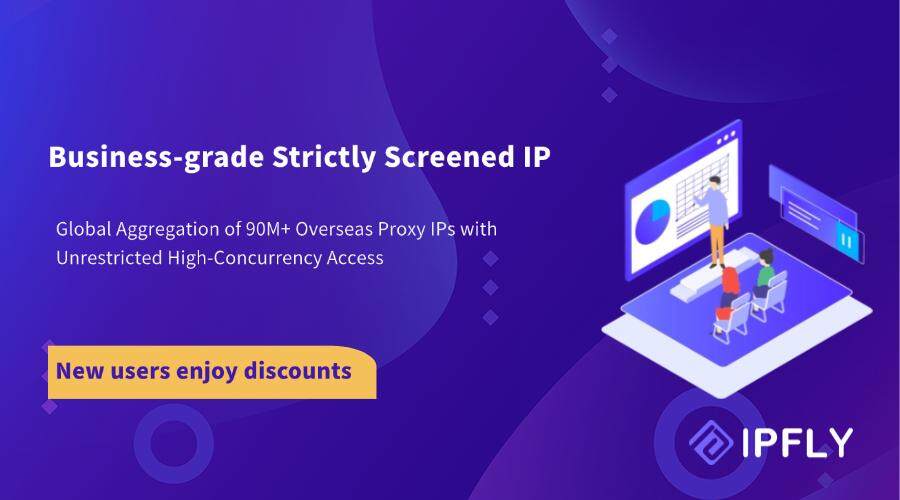In today’s data-driven economy, list crawling has become a vital technique for gathering structured information across the web. Whether you’re in sales, marketing, research, or automation, you’ve likely heard of it. But what exactly is list crawling, how does it work, and when is it the right tool for your business?
In this guide, we’ll break down everything you need to know about list crawling—from its technical definition to practical applications—while also discussing tools, legal considerations, and how proxies can enhance your scraping operations.

What Is List Crawling?
At its core, list crawling refers to the automated extraction of structured data from websites that present information in a list format. This can include:
- Contact lists (e.g., emails, phone numbers)
- Product listings on e-commerce sites
- Directory pages (e.g., B2B databases)
- Social media followers or comment threads
- Event pages or job boards
Unlike general web scraping that extracts all page content, list crawling targets specific, often paginated elements, allowing businesses to scale data collection efficiently.
How Does List Crawling Work?
List crawling typically involves:
- Target Identification: Determining the exact URL or structure of the list-based web pages.
- Crawling: Navigating through paginated results or categories using bots or headless browsers.
- Parsing: Extracting only the relevant data (e.g., name, title, email, link).
- Storage: Saving the data in structured formats like CSV, JSON, or directly into databases.
- Post-processing: Cleaning, deduplicating, and preparing the data for use in marketing campaigns, analysis, or enrichment.
Popular tools like Scrapy, Octoparse, and custom Python scripts are frequently used in these workflows.
Common Use Cases for List Crawling
1. Lead Generation and Outreach
B2B companies use list crawling to extract business directories, LinkedIn profiles, or conference attendee lists. This data fuels outreach strategies by building contact databases at scale.
For example, you can crawl a directory of dentists by city, extracting names, phone numbers, and websites to build a local campaign.
2. Market Research
Analysts crawl product listings from competitors to track pricing trends, new inventory, and customer reviews. By doing so, they can stay informed without manually checking hundreds of pages.
3. Job Market Intelligence
Recruiters often crawl job boards or corporate career pages to monitor openings, trends, and company growth—valuable for both client engagement and internal hiring strategy.
4. SEO and Content Monitoring
Agencies use list crawling to monitor keyword rankings, scrape top-performing blog lists, or track backlink directories.
5. Event and Location Data Aggregation
Travel, logistics, and event companies crawl structured lists of venues, conferences, or routes from various city or organizer websites.
Ethical and Legal Considerations
While list crawling is a powerful technique, it comes with responsibility. Here’s what you need to keep in mind:
- Check the site’s robots.txt: This file often outlines whether crawling is allowed.
- Avoid personal data misuse: Scraping and using personal contact info without consent can violate GDPR or CAN-SPAM regulations.
- Respect rate limits: Avoid overloading servers, which can get your IP blocked or lead to legal actions.
- Commercial APIs exist for a reason: If a service offers an API, it’s best to use it when possible.
Transparency, moderation, and respect for platform terms of service go a long way in ensuring your operations are ethical.
Why Proxies Are Essential for List Crawling

When crawling websites at scale, your requests are often flagged or blocked—especially if they come from a single IP address. This is where proxies come in.
Using a reliable proxy network allows you to:
- Rotate IP addresses to avoid detection
- Access geo-restricted content from different countries
- Maintain anonymity while scraping sensitive sources
Services like IPFLY offer high-success-rate residential proxies and datacenter proxies suited for large-scale crawling. IPFLY’s rotating residential proxies are particularly effective when targeting platforms that have aggressive anti-bot defenses or region-specific content.
Because IPFLY sources its proxies ethically and provides advanced filtering, it ensures smoother, safer list crawling—especially when collecting high-value data across multiple pages or locations.
Technical Tips for Better List Crawling
Here are a few best practices to improve your efficiency:
1. Use Headless Browsers Wisely
Tools like Puppeteer and Playwright allow rendering of JavaScript-heavy pages (common in modern directories and job boards).
2. Delay and Throttle Requests
Set intervals between requests and limit concurrency to avoid suspicion and maintain ethical standards.
3. Implement CAPTCHA Bypassing
Use anti-CAPTCHA services or proxies that rotate IPs automatically, such as IPFLY’s residential proxy solutions that help reduce blocks.
4. Monitor Structure Changes
Websites often change HTML structure, breaking your script. Use CSS selector testing tools and build alert systems to detect changes.
5. Log Everything
Log each page crawled, number of results, and error codes to debug issues and track success rates.
Choosing the Right List Crawling Tool
Your tech stack depends on your needs and scale:
| Tool | Best For | Code Required? |
| Scrapy | Custom, scalable crawls | Yes |
| Octoparse | Visual scraping, no coding | No |
| Apify | Cloud-based JavaScript bots | Some |
| ParseHub | Small-scale visual crawls | No |
| Python + Selenium | JS-heavy pages | Yes |
For enterprise-level crawling, combining these tools with a robust proxy system like IPFLY creates a resilient, scalable infrastructure.
The Future of List Crawling
With increasing use of AI and automation, list crawling is evolving beyond simple extraction. AI-enhanced crawlers can now:
- Categorize and analyze extracted data
- Recognize patterns like product lifecycles or job trends
- Automatically update lists without manual re-runs
And as platforms become smarter in detecting bots, having a rotating, geo-diverse proxy system is no longer optional—it’s critical.
Final Thoughts

List crawling bridges the gap between publicly available web data and actionable business intelligence. It’s a crucial tool for digital marketing, research, and competitive strategy when used ethically and strategically.
To scale these operations efficiently, a combination of smart tools and robust infrastructure—including rotating proxies—is essential. Services like IPFLY, which offer reliable residential and datacenter proxies, can help ensure your list crawling runs smoothly, securely, and without disruptions.


